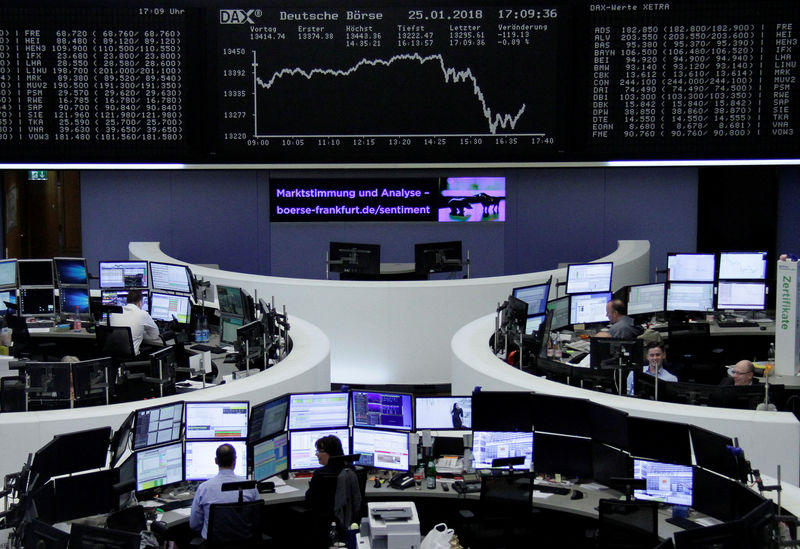Raytheon awarded $71 million in Navy contracts for missile systems
Investing.com -- JPMorgan’s top strategist Mislav Matejka continues to advocate for a bullish stance on domestic-focused stocks over exporters in international markets, citing their relative insulation from tariff volatility and currency swings.
The style tilt, he noted, has delivered strong returns so far in 2025, outperforming in Japan, the Eurozone and the U.K. by 5% to 20%.
“We stay bullish on Domestic vs Exporters stocks within International markets,” Matejka wrote in a July 14 note. The opposite applies in the U.S., where a weaker dollar could support exporters.
While equity markets have rebounded since the April correction tied to new tariffs, Matejka emphasized that trade uncertainty remains high and the full economic impact is yet to unfold.
The effective U.S. tariff rate has surged from 2.3% at the end of 2024 to around 13% currently, and could approach 20% if sector-specific tariffs take effect. This sharp increase would far exceed the 1.4 percentage point rise seen during the 2018 trade war.
Corporates, which initially absorbed the hit from tariffs, may begin to pass on higher costs. “As time passes, corporates could begin to believe that tariffs are here to stay, so they might end up changing tack, and try to pass on some of the cost to the end consumer,” Matejka said.
Against this backdrop, domestic stocks are seen as better positioned to weather upcoming pressures on inflation, bond yields, and growth expectations.
In Europe, domestic companies may benefit from local demand tailwinds and limited foreign exchange exposure.
Matejka’s Eurozone Domestic basket includes names such as Koninklijke KPN NV (AS:KPN), Zalando (ETR:ZALG), and Poste Italiane (BIT:PST), while the Exporters basket features globally exposed firms like LVMH (EPA:LVMH), SAP (ETR:SAPG), and Sanofi (EPA:SASY).
In the U.S., however, JPMorgan expects exporters to remain more resilient due to currency dynamics. Matejka highlighted that the weaker dollar supports American exporters, making their goods more competitive abroad, and said this trade should continue to work.
The strategist believes the greenback may firm slightly in the short term but expects it to weaken in the second half of the year, which could drive up imported inflation.
He also warned that the full impact of tariffs is still to come—whether through higher consumer prices, weaker demand, or pressure on corporate margins.
This, in turn, could push bond yields higher for the "wrong reasons" and further challenge the Fed’s inflation credibility, adding to downward pressure on the dollar.
